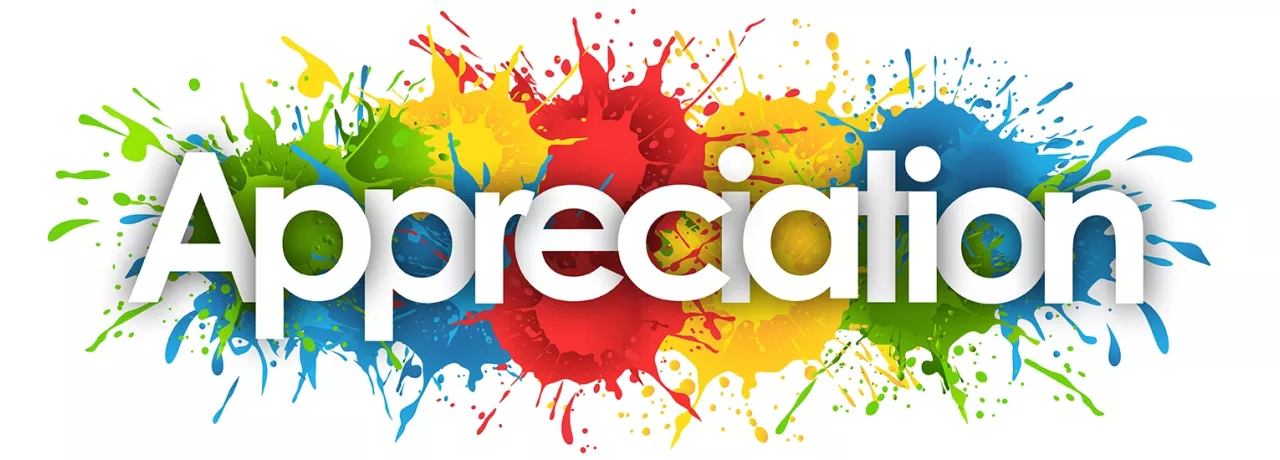
3 Reasons to Recognize Employees Early
January 12, 2022
By Catherine Turner
You’ve no doubt heard the talk about the “turnover tsunami” that is resulting in a mass exodus of employees — not only from their specific jobs, but from the workforce in general! The pandemic has provided employees both with a taste of freedom and flexibility that many didn’t previously have and with plenty of time to contemplate and consider what they want from their lives and their careers.
Many are deciding they want something that they’re not getting from their current places of employment. And one thing that many aren’t getting is recognition.
Employees want, and need, to be recognized for the work they do and the contributions they make. The benefits of effective employee recognition are enterprise-wide: they don’t just affect the employee being recognized — though personal satisfaction — they make an impression on other employees too, sending signals about what is valued by the organization.
Too often, though, organizations fail to recognize employees at all — or not often enough.
The Value of Frequent and Ongoing Employee Recognition
Frequent and ongoing employee recognition has an impact on three major factors in any workplace: employee engagement, employee retention, and the bottom line.
1) Employee Engagement
Employee engagement is the “holy grail” for most organizations with countless articles, blog posts, webinars, and studies offering tips and suggestions for how to increase employee engagement — and scary statistics about how low engagement is in most organizations.
Recognition drives engagement. Employees want to know: Do I belong? Am I valued? Do I value the organization where I work? Recognizing employees for their service milestones and rewarding them for career achievements makes the employee feel:
- Valued as a human being
- Appreciated for their contributions
- Acknowledge for their service
- That they belong
- Confident in their abilities
- Empowered to innovate and drive change
- Enthusiastic about the future
- Aligned with the company and their team
- A greater sense of Loyalty
- Trust in their leadership
These are feelings and beliefs that drive employee engagement.
2) Employee retention
As of July 2021, according to SHRM, more than 2 in 5 workers (41%) were actively searching for a new job or planned to over the next few months. In addition, WCI reports that a survey by Gloat revealed that 34% of employees feel undervalued and plan to leave their jobs because they don’t feel appreciated.
What might help employers boost retention? Meaningful employee recognition. In fact, about 20% of employees indicate that they would reconsider a job offer, or stay with their current employer if they were receiving meaningful employee recognition. Given these numbers, isn’t it worth making the effort to determine how you could more meaningfully — and more frequently — recognize the efforts of your employees?
These efforts pay off with impacts going directly to the bottom line.
3) Bottom line impact
There’s a good reason savvy organizations prioritize employee recognition. They know that their efforts can have a measurable impact on a wide range of business outcomes that impact their bottom line. Research from organizations like Gallup has shown that effectively engaging employees can reduce absenteeism, turnover and safety issues, and increase productivity and profitability for organizations. In fact, Gallup points to significant, quantifiable impacts driven by an engaged workforce:
- 81% decrease in absenteeism
- 61% decrease in turnover
- 64% decrease in accidents
- 18% increase in productivity
- 23% increase in profitability
Recognition doesn’t cost your organization — it pays. But it needs to be done effectively. Milestone recognition programs that make employees wait to be recognized don’t have the impact that ongoing recognition can have.
Why Typical Recognition Timelines Don’t Work
The typical milestone celebration timeline recognizes employees at one year, five years and then at five-year increments until retirement. But the median tenure for workers in management, professional, and related occupations is 4.9 years, and the median tenure for workers ages 25 to 34 is 2.8 years. Workers in service occupations have the lowest median tenure (1.9 years). Since a good number of employees are leaving before the 5-year mark, employers are missing the opportunity to engage employees early enough to build loyalty and aid in retention.
So with five years as the “danger zone,” what can employers do to engage employees earlier in their employee journey, before they even start thinking of leaving your organization? Recognize early, and more often.
Ideas for Better Employee Recognition
There are a number of things that employers can do to ensure they don’t miss out on critical opportunities to connect with and engage employees early during their tenure — before they decide to move on to greener pastures.
Recognize “mini-milestones”
For instance, recognizing “mini-milestones” in an employee’s first year can help to engage them and boost the odds they’ll stay on board. Recognizing memorable moments and achievements right out of the gate delivers a superior onboarding process. Moments like their first day of work, the completion of training, and their 90-day review all increase the opportunity to create a deeper connection with employees.
For organizations with high turnover, recognizing mini-milestones (every 90 days, for example) can deliver a superior onboarding experience and support early employee engagement. With today’s workforce, every year is a milestone! Recognizing service annually is an opportunity to stop and say: “Thank you. We appreciate you. You’re important to us.”
Recognize the “in-between” years
In addition, don’t overlook the opportunity to recognize the “in-between years.” These opportunities don’t have to be expensive but they can have a big impact. A simple thank you — an e-card or handwritten note — lets employees know that you care and that they are valued. It’s really that easy.
Here are some additional ideas to help you find opportunities for ongoing recognition that will effectively engage employees and lead to loyalty and longevity:
- When recognizing anniversary dates do it with flair to make the moment memorable. Involve the most meaningful leader in the recognition experience and make it an event.
- Offer choices for employees — a reward valued by one may not be valued by others.
- Create a user-friendly process for gift selection.
- Make sure your managers and supervisors have ready access to the right tools to offer recognition regularly to employees.
- Reflect your corporate brand and image in your awards.
- Celebrate major milestones beyond anniversary dates — significant achievements, project completion, goal attainment, etc.
- Engage employees in the process. Peer-to-peer recognition is also important. Make it easy for employees to recognize each other.
Recognition matters
Don’t wait for traditional milestones to recognize your employees — in this turbulent employment environment that may be too late. Establish processes and ongoing communication to support and build a culture of recognition. Then equip your company, your supervisors and managers, and all of your employees with the tools they need to continually recognize each other at every opportunity. You can’t say “Thank You,” enough.




